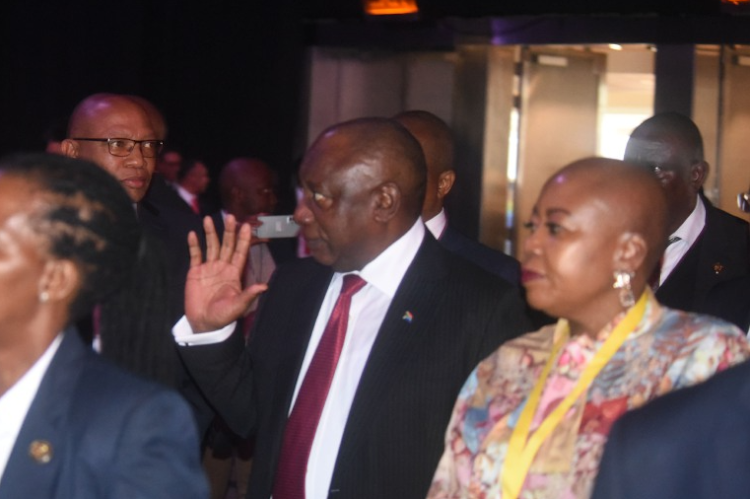SA’s investment drive remains a hard sell

Good public relations will not be enough to elevate our status as a good place to invest
The fifth SA Investment Conference concluded this week with President Cyril Ramaphosa announcing that the goals of the five-year R1.2-trillion investment drive that started in 2018 have been met. The president has thus revised the target upwards to R2-trillion over the decade to 2028.
However, there is no clarity over the distinction between investment pledges and realised investments over the past five years. This conflation will now become a R2-trillion conundrum that will only become clearer beyond 2028.
What is clear from the announced pledges is that most are multiyear investment projects that are largely expansions of existing operations. Some argue that these would have occurred anyway, but this line of thinking is not robust from the historical trends we have seen, and that many came about only after the drive began.
Public relations on investment climate and economic reforms plays a big role in elevating a country, especially to international investors. This has been done relatively well. Even so, SA’s investment drive remains a hard sell due to real constraints to investment growth.
Let’s begin with what has been done well, which finance minister Enoch Godongwana has written about (“SA’s economic reforms will fuel an accelerated pace of investment”, April 13):
· There has been clarity on SA’s fiscal stance since February, even though there are risks.
· Monetary policy commitment to price stability has never been in doubt and remains a key anchor for the macroeconomic environment.
· Eskom’s debt problem has been addressed by transferring R254bn to the state’s balance sheet.
· Renewable energy policy for private sector self-generation has been clarified, with limits to the magnitude of what can be built completely removed. Registrations of private renewable energy projects subsequently surged in 2022, showing the effect of good policy and regulation.
Though the direction of the energy sector appears clear, there is still some confusion over government’s position. The 2023 budget conditions for the state taking on Eskom’s debt include that Eskom will not invest in new electricity generation over the period of the debt transfer. This would suggest that the government is in effect privatising electricity generation. The government must just come out and state this if that is now policy, and signal to the private sector in a clear way.
The other sector where there is still confusion is transport and logistics, particularly rail and ports. The government position is that it is opening up to the private sector, which appears to be a loose phrase for privatisation. If it is privatising elements of these sectors it should say so, and clarify in no uncertain terms which parts of Transnet it is privatising.
If not privatisation, the conditions and terms of any public-private partnerships must be clear, realistic and provide certainty for private investors. Failing to do this will send the wrong signal on the government’s willingness to work with the private sector and attract the investment required to fix SA’s logistics infrastructure.
It is clear that it will be even more difficult to attract foreign investment to the country over the next couple of years given the way the global environment has changed. The IMF has downgraded SA’s economic growth forecast to near zero for 2023, which is no surprise given the extensive load-shedding.
It has also advised countries that monetary policy should remain focused on fighting inflation, which implies that central banks must continue to tighten financial conditions to bring inflation back within target ranges. The implication is that the cost of financing new investment will remain high, and competition for global capital will therefore be intense.
In this environment investment public relations alone will not be enough. More is needed to demonstrate clarity on the direction of economic reforms and reveal where government stands in key areas, specifically renewable energy, transport infrastructure and the role and limits of the Competition Commission’s reach.
